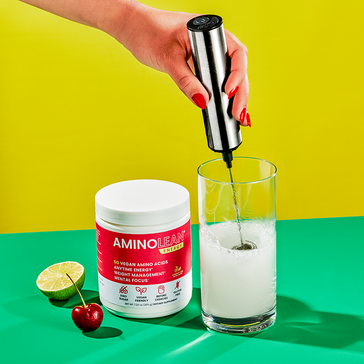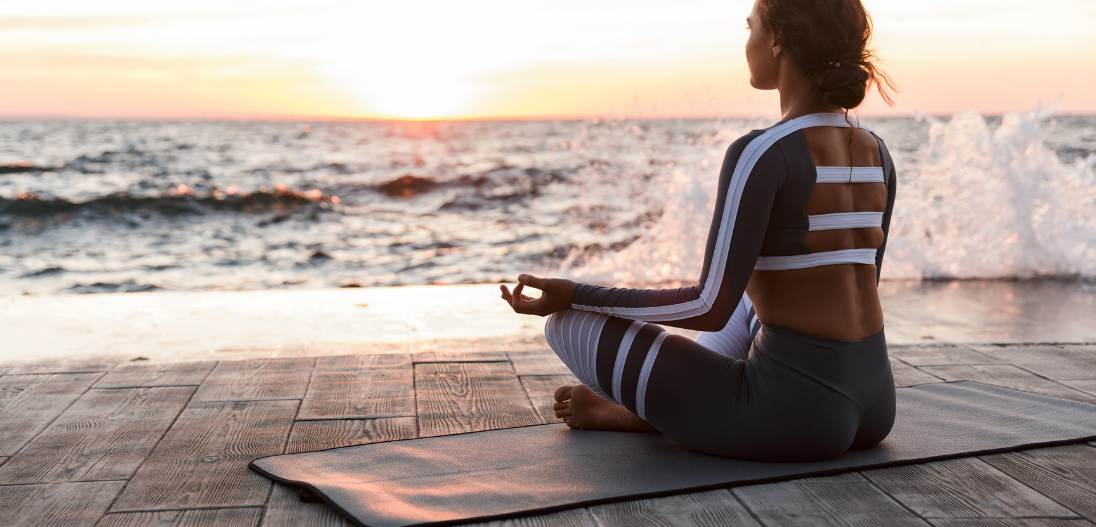By: Andres Preschel
I think it’s important to provide some background on how physiologists look at stress. In physiology, the term that most accurately describes your ability to tolerate stress is “vagal tone.” Let me explain. When “fight or flight” kicks in (whether you are being chased by a lion or late for work), it’s up to your vagus nerve and parasympathetic nervous system (vagal tone) to bring your body to homeostasis and get you calm.
Strong vagal tone means you can handle stress well and relax faster. Poor vagal tone means sympathetic activity (elevated heart rate, blood pressure, and breathing) remains heightened after a stimulus has passed, making you far more susceptible to the many negative effects of stress over time. This is why I am writing this article- to help you improve your vagal tone and thus your quality of life.

Here are a few tried and true ways to improve your vagal tone and have a better response to daily stress.
Number One: Cold Exposure
Acute cold exposure has been shown to activate the vagus nerve. Exposing yourself to cold on a regular basis can lower your sympathetic “fight or flight” response and increase parasympathetic activity through the vagus nerve. Finishing a shower with cold water, taking a dip in the cold plunge at the spa, cryotherapy, or an ice bath will do the trick. There’s a recent medical study that examines this further and is worth checking out.

Number Two: Deep and Slow Breathing
According to a medical report, abdominal breathing, also known as diaphragmatic breathing, is capable of reducing your blood pressure and your stress level. There are many health benefits to abdominal breathing that go beyond handling stress.
Abdominal breathing is easy. Your stomach should expand outward, and your exhale should be long and slow. This is key to stimulating the vagus nerve and reaching a state of relaxation. You can learn more about my recommended breathing techniques here.
Number Three: Meditation and Yoga
A medical report about the vagus nerve stated that “since the vagal tone is correlated with capacity to regulate stress responses and can be influenced by breathing, its increase through meditation and yoga likely contribute to resilience and the mitigation of mood and anxiety symptoms.” Yoga also increases GABA, a calming neurotransmitter in your brain, by stimulating vagal afferent nerves, which increase activity in the parasympathetic nervous system. It’s a very effective way to help your body deal with stress more effectively.
Number Four: Exercise
“Elite endurance athletes display exceptionally high parasympathetic vagal tone,” according to a report. They also concluded that excellent cardio lowers all-cause mortality not just in professional athletes, but also in the general population. To sum, exercising regularly has been scientifically proven to help your body deal with stress.
If you have any questions about vagal tone or stress management, feel free to DM me on Instagram, @AndresPreschel.

References:
Breit, S., Kupferberg, A., Rogler, G., & Hasler, G. (2018). Vagus Nerve as Modulator of the Brain–Gut Axis in Psychiatric and Inflammatory Disorders. Frontiers in Psychiatry, 9, 1. https://doi.org/10.3389/fpsyt.2018.00044
Jungmann, M., Vencatachellum, S., Van Ryckeghem, D., & Vögele, C. (2018). Effects of Cold Stimulation on Cardiac-Vagal Activation in Healthy Participants: Randomized Controlled Trial. JMIR Formative Research, 2(2), e10257. https://doi.org/10.2196/10257
Machhada, A., Trapp, S., Marina, N., Stephens, R. C. M., Whittle, J., Lythgoe, M. F., Kasparov, S., Ackland, G. L., & Gourine, A. V. (2017). Vagal determinants of exercise capacity. Nature Communications, 8(1), 1. https://doi.org/10.1038/ncomms15097
McLaughlin, K. A., Rith-Najarian, L., Dirks, M. A., & Sheridan, M. A. (2013). Low Vagal Tone Magnifies the Association Between Psychosocial Stress Exposure and Internalizing Psychopathology in Adolescents. Journal of Clinical Child & Adolescent Psychology, 44(2), 314–328. https://doi.org/10.1080/15374416.2013.843464
Wang, S.-Z., Li, S., Xu, X.-Y., Lin, G.-P., Shao, L., Zhao, Y., & Wang, T. H. (2010). Effect of Slow Abdominal Breathing Combined with Biofeedback on Blood Pressure and Heart Rate Variability in Prehypertension. The Journal of Alternative and Complementary Medicine, 16(10), 1039–1045. https://doi.org/10.1089/acm.2009.0577






